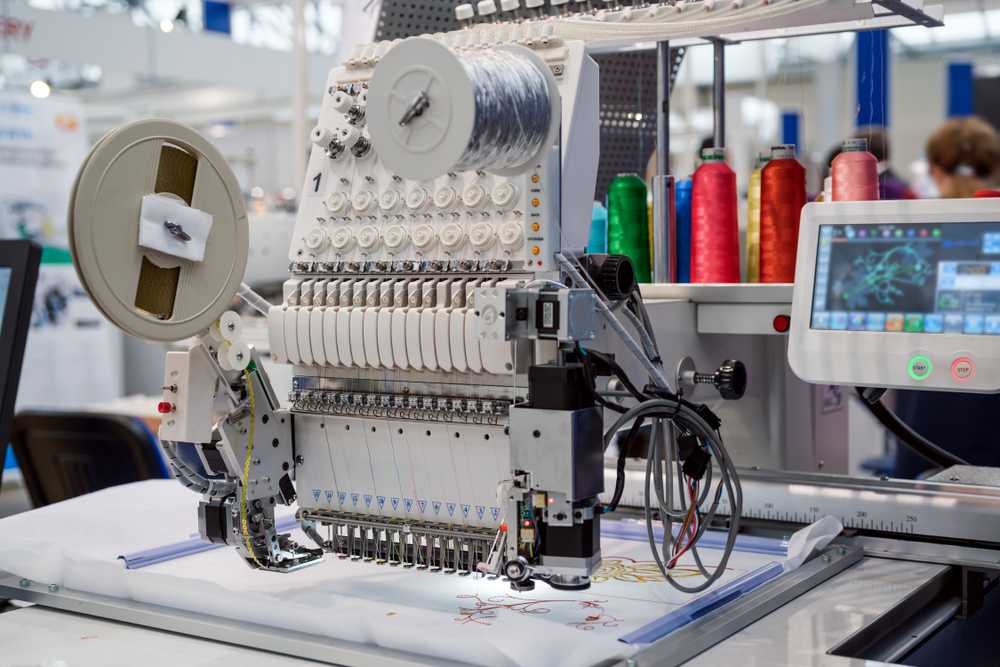Mastering the Needlework Digitizing Refine: Your Ultimate Guide
Needlework digitizing is a thorough craft that requires precision and competence to convert complex layouts right into electronic styles for maker needlework. As craftsmens embark on this journey to grasp the needlework digitizing procedure, a comprehensive understanding of the basics sets the structure for excellence.

Comprehending Needlework Digitizing Basics
Needlework digitizing basics create the foundation upon which detailed designs are converted into machine-readable layouts for accurate stitching. This preliminary step in the needlework digitizing process is vital for guaranteeing that the final embroidered product is a devoted representation of the initial design. Recognizing embroidery digitizing essentials involves realizing crucial ideas such as stitch types, sew instructions, thickness, underlay, and pull settlement.
Sew kinds play a crucial role in determining the visual and textural result of the embroidered layout. By selecting the appropriate stitch kind, whether it be satin, fill, or running stitch, digitizers can achieve the preferred impact and enhance the general high quality of the needlework. Additionally, stitch direction affects the circulation and dimension of the design, while density figures out the spacing and protection of the stitches.
Additionally, underlay stitching gives stability to the style by protecting the material and preventing distortion during the embroidery process. Pull compensation is another crucial consideration to counteract the natural tendency of material to agreement when stitched. Understanding these needlework digitizing fundamentals is basic for developing professional-quality stitched items.
Picking the Right Digitizing Software Application
Selecting the ideal digitizing software application is an essential decision that considerably impacts the performance and quality of the needlework digitizing procedure. Digitizing for Embroidery. When picking the ideal digitizing software program, it is necessary to think about aspects such as the complexity of styles you prepare to develop, the user-friendliness of the software, the level of client assistance supplied, and the compatibility with your embroidery maker
There are numerous digitizing software choices readily available out there, varying from standard programs for newbies to advanced software program for expert digitizers. Some popular choices include Wilcom EmbroideryStudio, Hatch Needlework Software Application, and PulseID. These software program bundles offer a large range of devices and functions to help you produce elaborate layouts easily.
Prior to making a decision, it is suggested to explore the different software application alternatives via complimentary tests or demos to identify which one finest fits your demands. Additionally, checking out evaluations and looking for recommendations from seasoned digitizers can offer useful understandings into the staminas and weaknesses of each software application plan (Digitizing for Embroidery). By carefully examining your requirements and comparing the functions of various digitizing software program, you can make an informed option that boosts your needlework digitizing operations
Digitizing Tools and Techniques

Optimizing Layout Settings for Needlework
Grasping the ins and outs of style setups is basic in attaining optimum outcomes in the needlework digitizing procedure, building upon the foundation laid by recognizing digitizing devices and techniques. When maximizing style settings for needlework, pop over to this site it is crucial to think about aspects such as stitch kind, thickness, underlay, pull settlement, and enrollment. Enrollment setups line up different aspects of the style precisely, maintaining total design integrity.

Troubleshooting Common Digitizing Issues
When coming across typical digitizing issues during the needlework process, it is important to understand the origin creates and implement effective options immediately. One usual issue is stitch density issues, where stitches might be as well dense, triggering the fabric to tighten, or as well sparse, bring about spaces in the design. Changing the stitch thickness settings in the digitizing software program can help fix this concern.
One more constant obstacle is string breaks throughout the needlework process. This can occur due to different reasons such as inaccurate stress setups, boring needles, or making use of low-grade string. Ensuring proper maintenance of the embroidery device, including routine needle modifications and tension modifications, can lessen the event of string breaks.
In addition, design registration errors can result in misaligned elements within the embroidery design. Checking the design alignment in the digitizing software application and making needed changes prior to stitching can help in avoiding this issue. By attending to these typical digitizing concerns immediately and properly, you can ensure a smoother embroidery process and top quality finished products.
Verdict
To conclude, mastering the needlework digitizing procedure requires a explanation solid understanding of the essentials, the right selection of software program, and knowledge of devices and techniques. Enhancing style setups and repairing common digitizing issues are essential action in ensuring premium needlework outcomes. By following these steps vigilantly, one can accomplish accuracy and efficiency in the digitizing process.